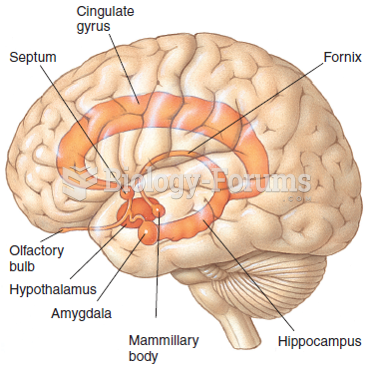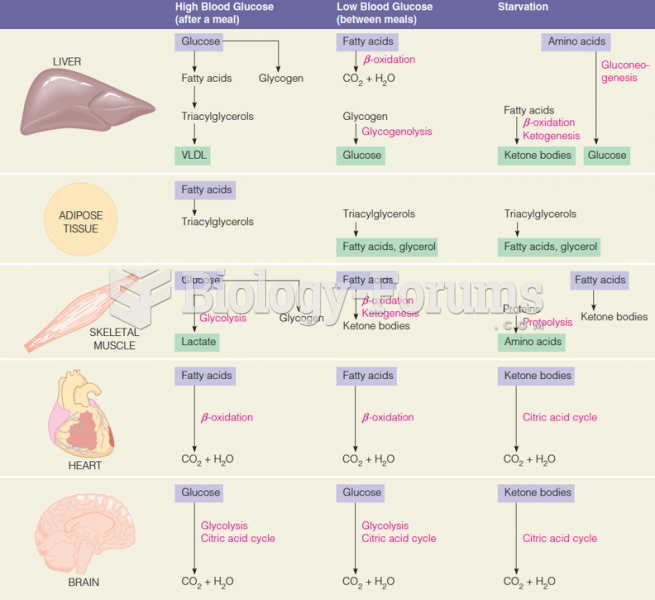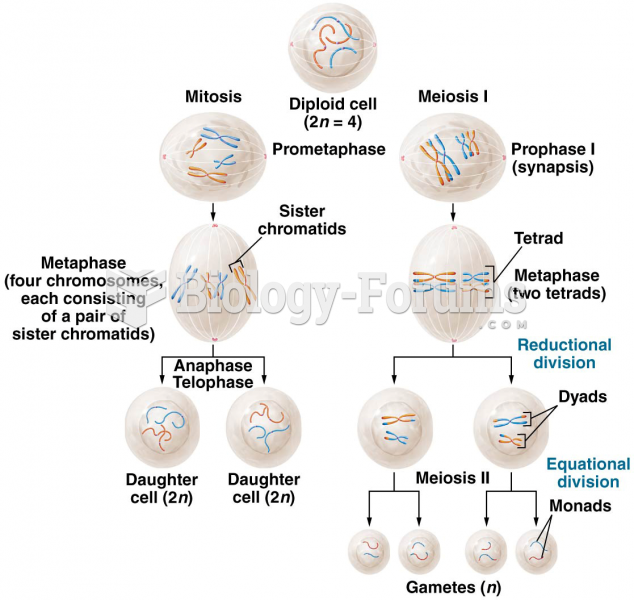Answer to Question 1
The earliest systematic approach to psychotherapy originated with Sigmund Freud and his psychodynamic approach. His specific approach to therapy is called psychoanalysis. Essentially, the psychodynamic view is that most humans are
troubled. This results from the presence of unconscious conflicts among the three components of personality (id, ego, and superego). Occasionally, some of this unconscious activity threatens to reach conscious awareness and can result in anxiety. The basic premise of psychoanalytic therapy is that these unconscious issues need to be exposed and confronted. Through this process, people can attain psychological health. Some of the specific techniques utilized in psychoanalysis include free association, dream analysis, and interpretation. Humanistic therapy is
based on a positive assumption that humans are naturally capable of achieving full and complete lives (self-actualization). Problems arise when this tendency to self-actualize is compromised, often by interactions with others. Client-centered therapy was developed by Carl Rogers as a means of helping people achieve self-awareness and self-acceptance. It is nondirective and nonconfrontational, as the role of the therapist
is to support and encourage the client. Key aspects of client-centered therapy include unconditional positive regard, empathy, and genuineness. Gestalt therapy is a form of humanistic therapy developed by Fritz Perls. The assumption is that people suffer when various aspects of their personality are in conflict. The goal of Gestalt therapy is to help people merge and integrate these various aspects. Behavior therapists focus
on a person's behavior as the primary element to be changed. They utilize principles of learning to achieve this goal. Systematic desensitization uses learning principles to help people overcome fear through learning of relaxation techniques and gradual exposure to the feared stimulus. Aversive conditioning can be used to help people overcome problem behaviors through negative associations, and operant conditioning techniques such as a token economy are also used to shape behavior. Behavior therapists might also use modeling to help people with problem behaviors. The basic assumption underlying cognitive therapies is that people develop emotional problems because they engage in faulty thinking and, consequently, self-defeating and maladaptive behaviors. The goal of therapy is to change the underlying thinking. The rational-emotive behavior therapy of Albert Ellis involves identifying and changing irrational beliefs, includingshoulds and musts.. There is also an emphasis on changing maladaptive behaviors. The cognitive therapy of Aaron Beck focuses on cognitive distortions or errors in thinking, many of which occur automatically. The focus of the therapy is to identify and eliminate these distortions and replace them with more adaptive ways of thinking.
Answer to Question 2
b







